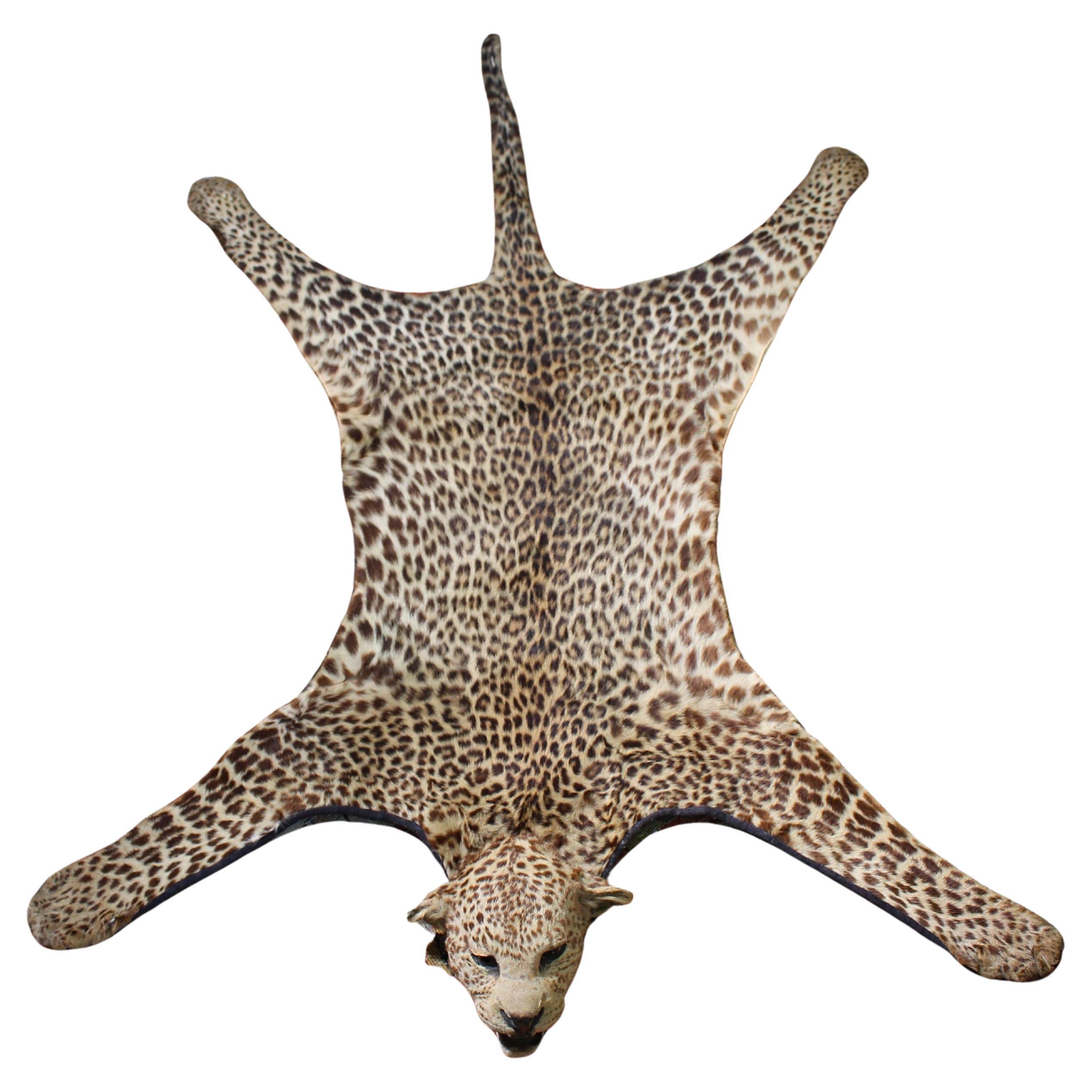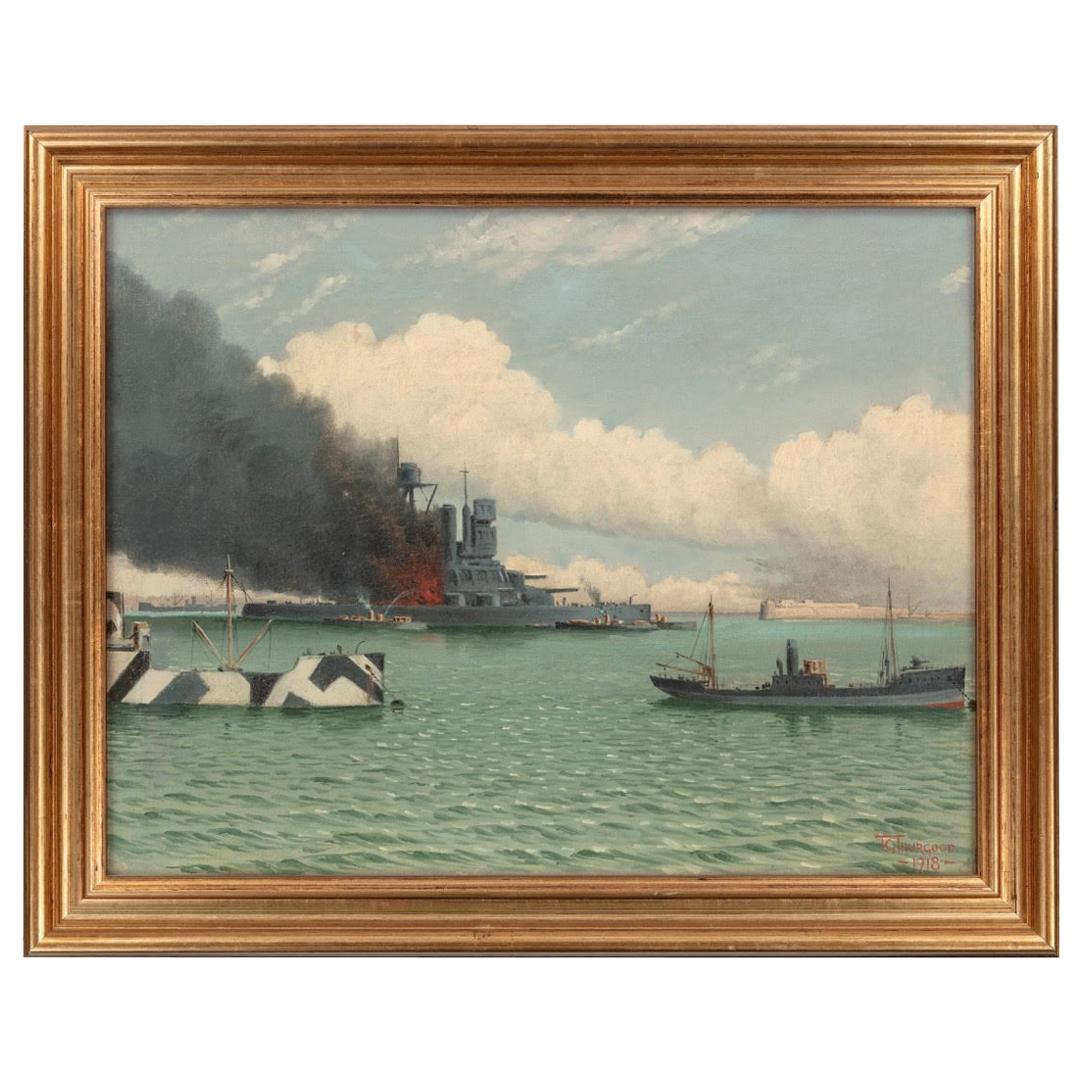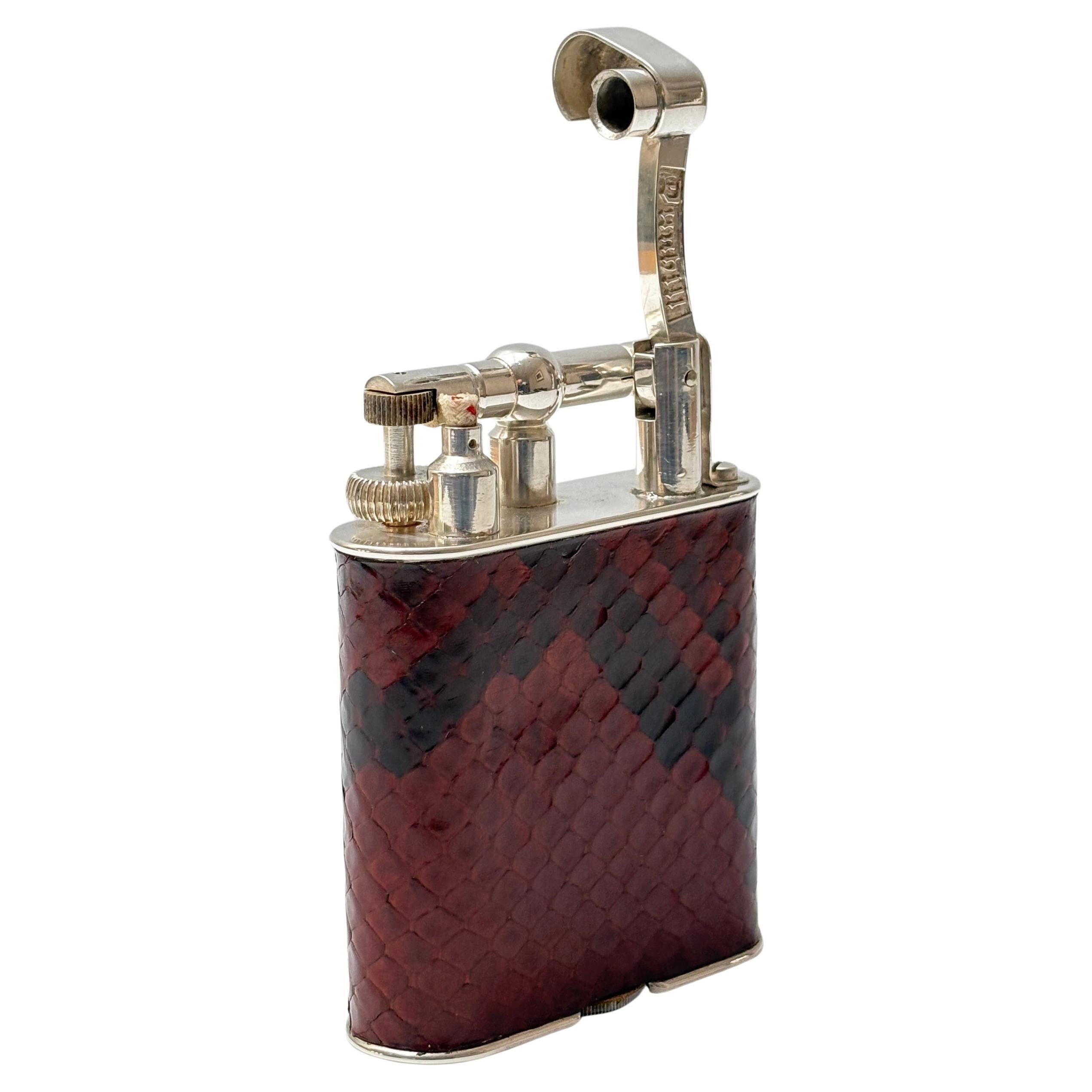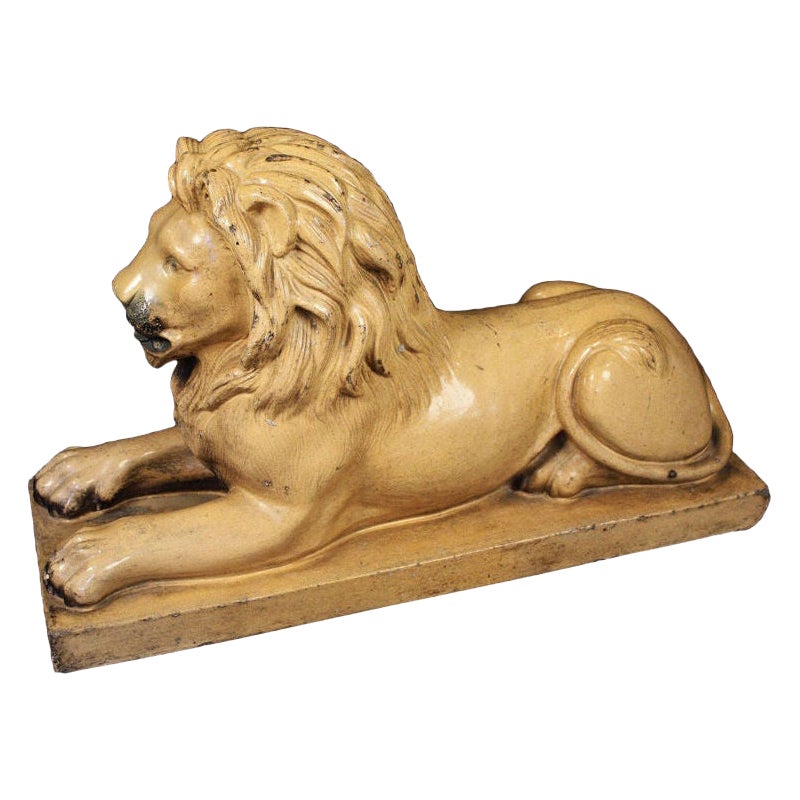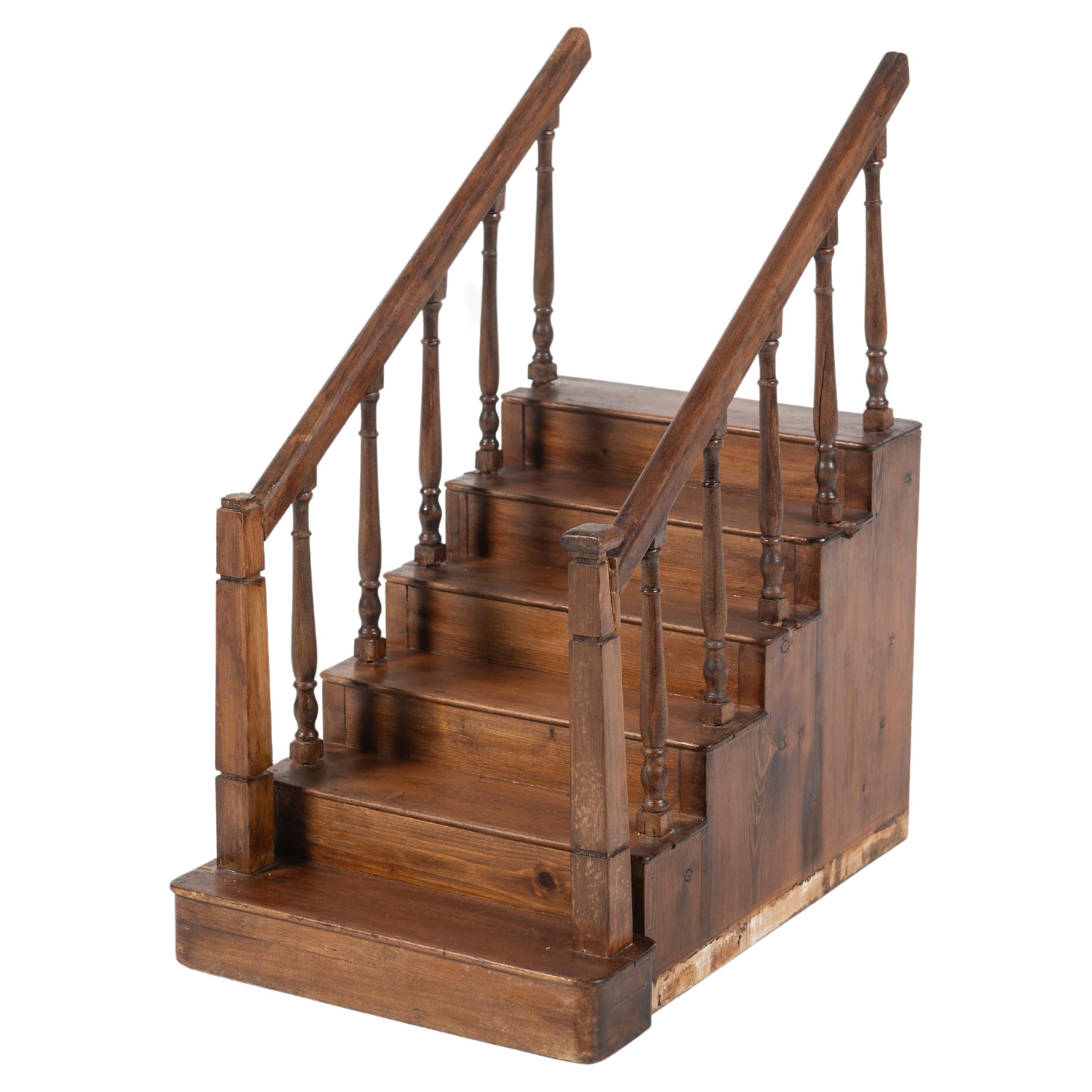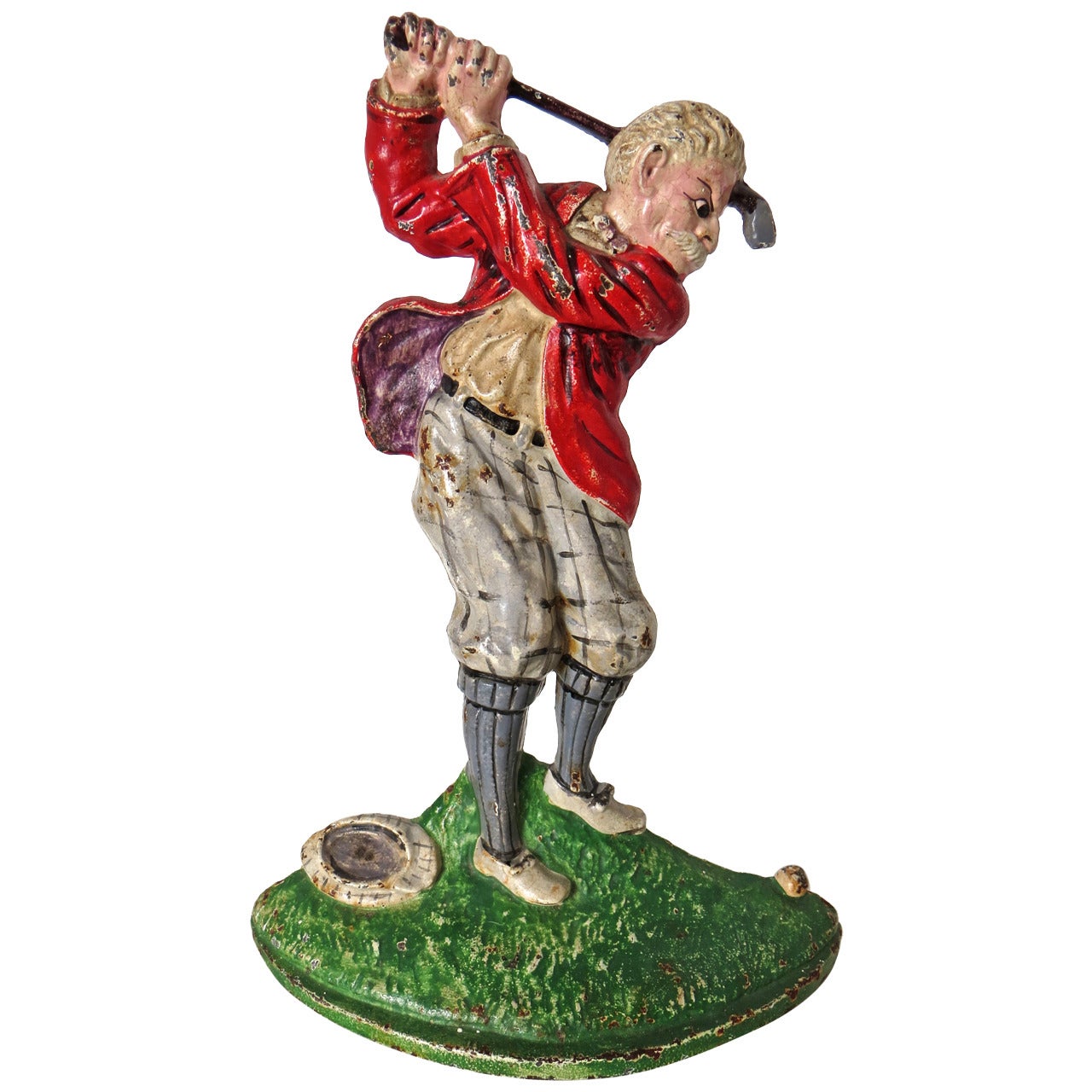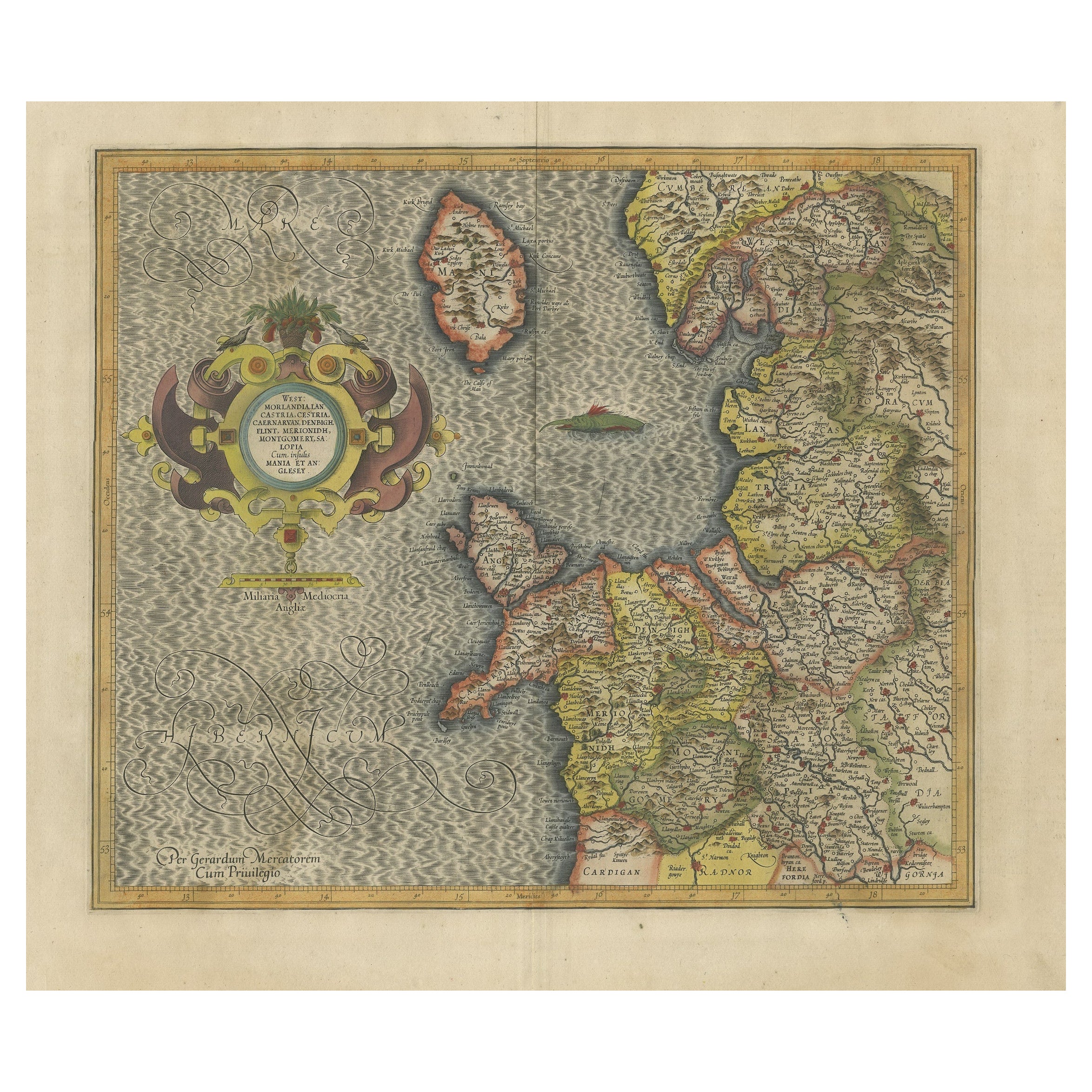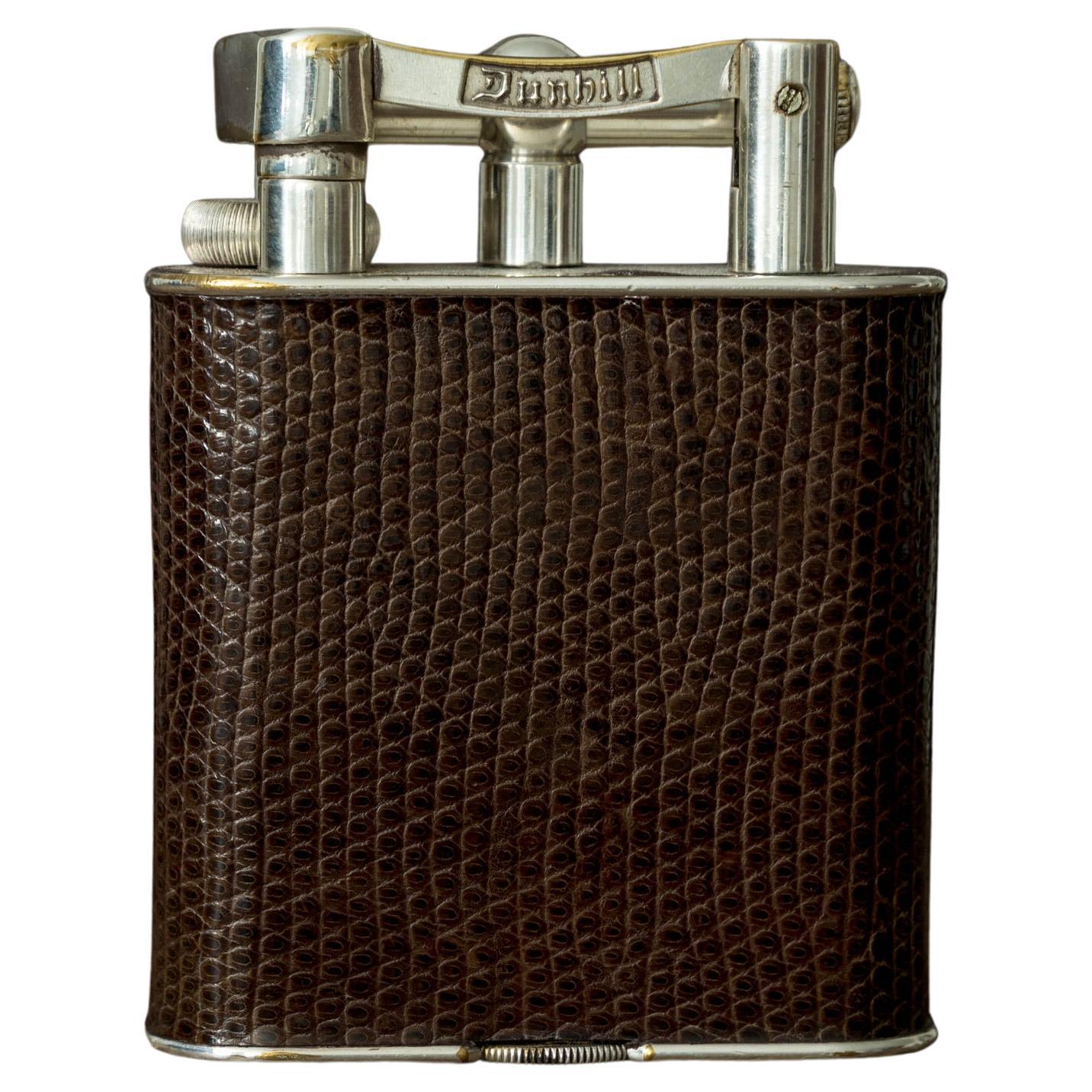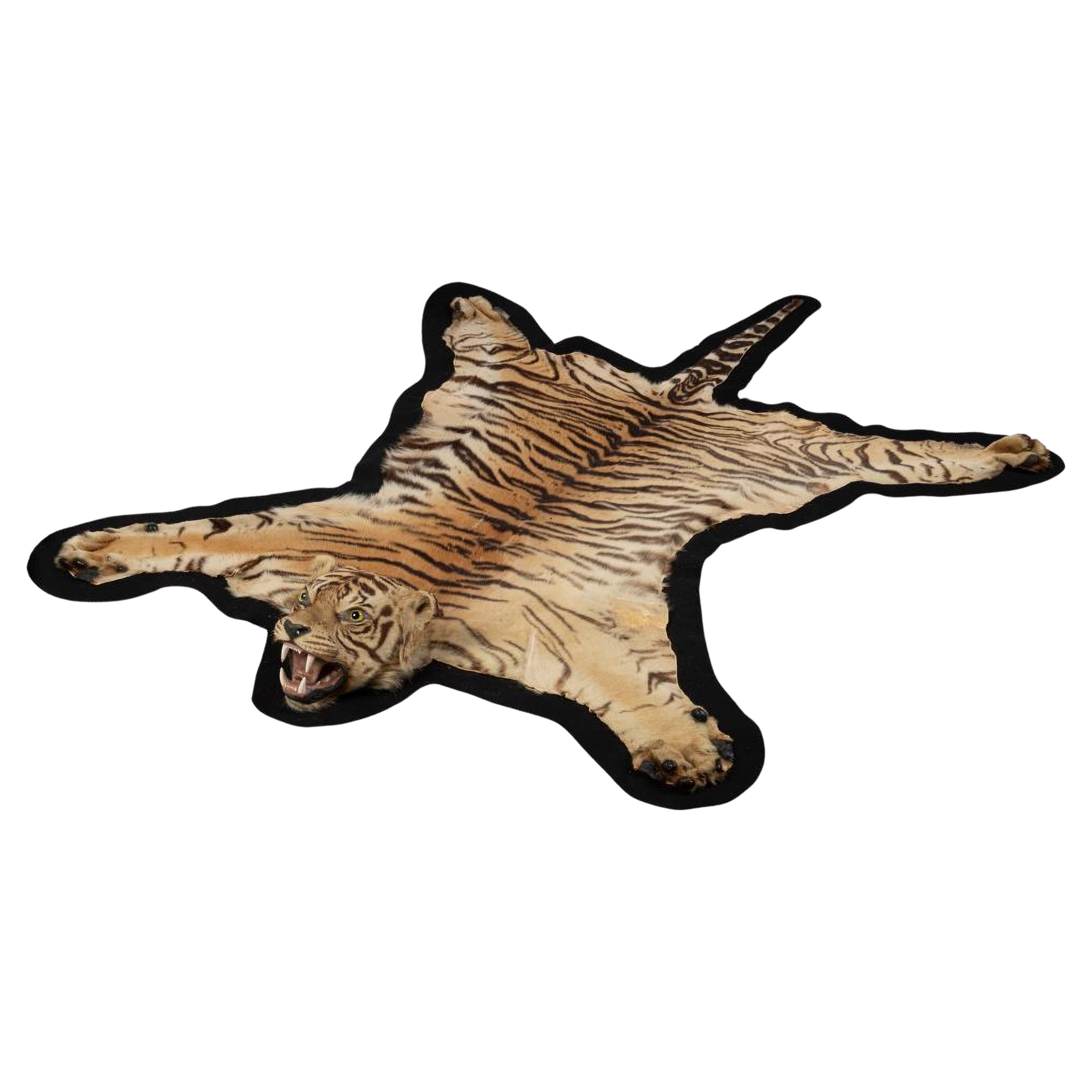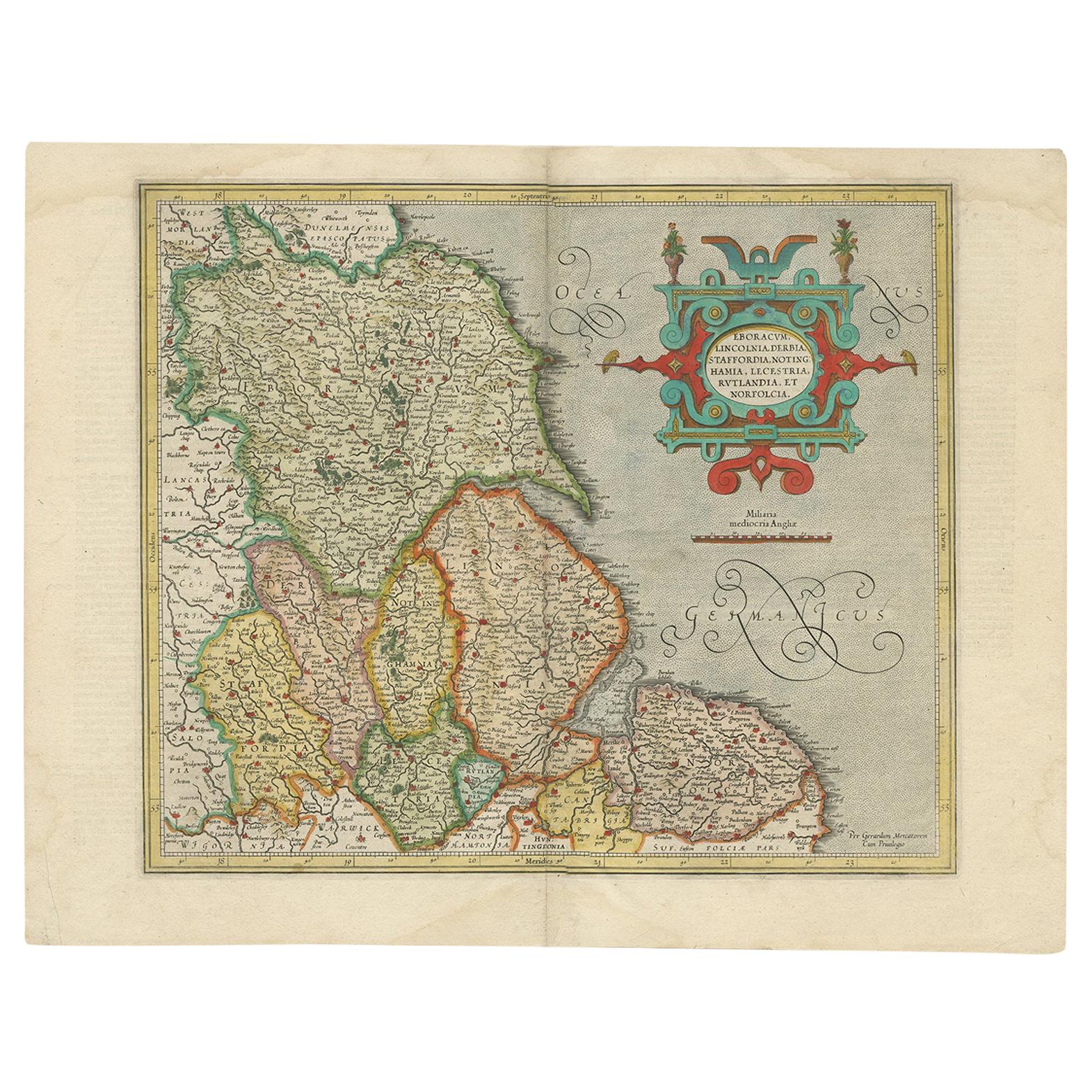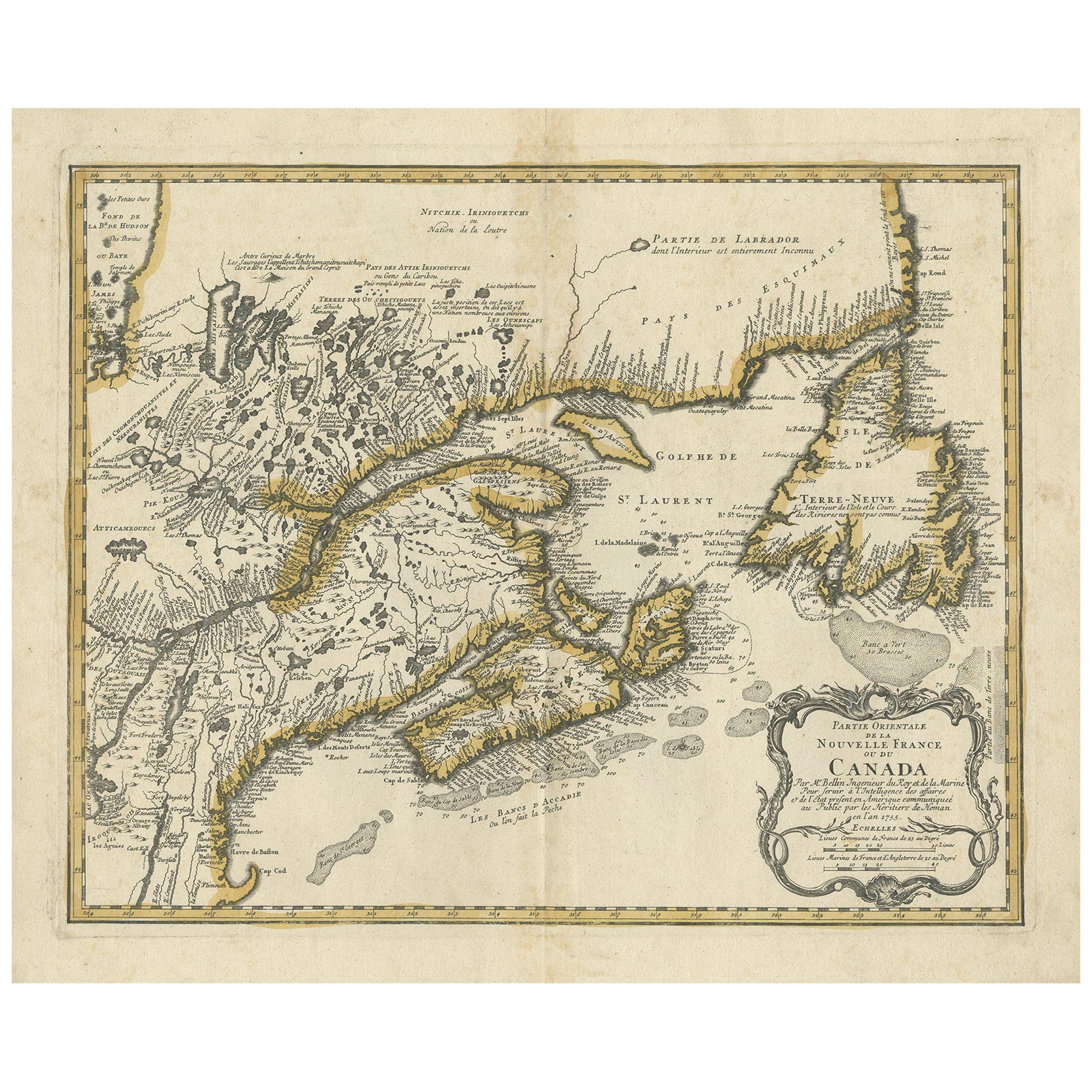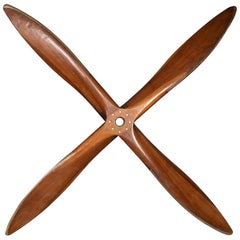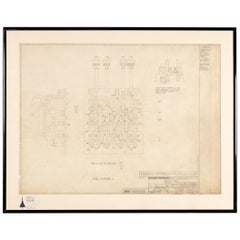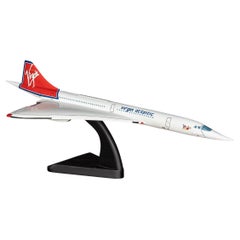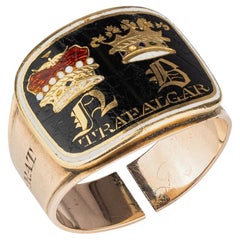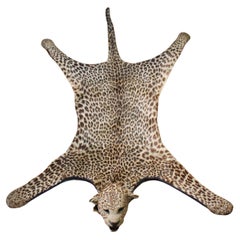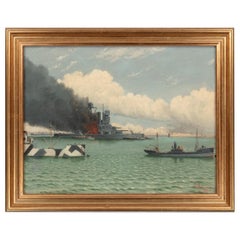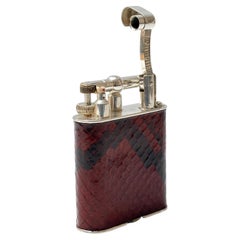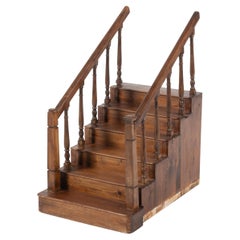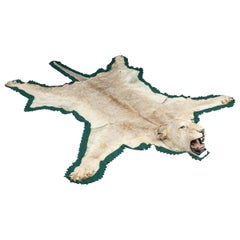
Lion Skin Rug by Edward Gerrard, England, circa 1920
View Similar Items
Want more images or videos?
Request additional images or videos from the seller
1 of 14
Lion Skin Rug by Edward Gerrard, England, circa 1920
$3,387.09List Price
About the Item
- Creator:Edward Gerrard & Sons (Maker)
- Dimensions:Height: 8.67 in (22 cm)Width: 72.05 in (183 cm)Depth: 95.28 in (242 cm)
- Materials and Techniques:
- Place of Origin:
- Period:
- Date of Manufacture:circa 1920
- Condition:Wear consistent with age and use. Minor losses. Minor structural damages. Minor fading. In Good Condition - some repairs and wear and tear, overall good vintage condition.
- Seller Location:Royal Tunbridge Wells, GB
- Reference Number:Seller: A60851stDibs: LU1348216382192
About the Seller
5.0
Platinum Seller
Premium sellers with a 4.7+ rating and 24-hour response times
Established in 2014
1stDibs seller since 2015
509 sales on 1stDibs
Typical response time: 1 hour
Authenticity Guarantee
In the unlikely event there’s an issue with an item’s authenticity, contact us within 1 year for a full refund. DetailsMoney-Back Guarantee
If your item is not as described, is damaged in transit, or does not arrive, contact us within 7 days for a full refund. Details24-Hour Cancellation
You have a 24-hour grace period in which to reconsider your purchase, with no questions asked.Vetted Professional Sellers
Our world-class sellers must adhere to strict standards for service and quality, maintaining the integrity of our listings.Price-Match Guarantee
If you find that a seller listed the same item for a lower price elsewhere, we’ll match it.Trusted Global Delivery
Our best-in-class carrier network provides specialized shipping options worldwide, including custom delivery.More From This Seller
View All20th Century English Four-Blade Wood Propeller by Vickers Vernon, circa 1920
By Vickers-Armstrongs 1
Located in Royal Tunbridge Wells, Kent
An extremely rare four-blade propeller from a Vickers Vernon aircraft. The Vickers Vernon was a British biplane troop carrier used by the Royal Air Force. It entered service in 1921,...
Category
Vintage 1910s English Aviation Objects
Materials
Wood
Original Concorde Design Drawing, England, c. 1960
Located in Royal Tunbridge Wells, Kent
An extremely rare and original design drawing of the world renowned and much loved Concorde Aircraft. Concorde memorabilia is becoming more and mo...
Category
20th Century English Drawings
Materials
Paper
Virgin Atlantic Concorde Model, England c.1992
Located in Royal Tunbridge Wells, Kent
A composite model of a Concorde in full Virgin Atlantic livery mounted on a tripod stand, circa 1992. This scaled down aircraft model was presented to one of Virgin's top travel agen...
Category
20th Century British Other Models and Miniatures
Materials
Lacquer
A Gold And Enamel Mourning Ring For Lord Nelson By John Salter, England, 1806
Located in Royal Tunbridge Wells, Kent
An extremely rare ring that commemorates the naval hero, Horatio Nelson, who died in 1805 at the Battle of Trafalgar, fighting against the Napoleonic forces. Dr William Nelson, the admiral's brother, ordered 58 mourning rings for family and friends and every admiral and post-captain who fought at the Battle of Trafalgar . The ring is inscribed on the bezel ‘Trafalgar’; outside the hoop with Nelson’s motto in Latin, ‘Let him who earned it bear the palm [of victory]’, adopted by Nelson from a poem ‘Ad Ventos’ written in 1727 by John Jortin (1698-1770). Inside is the inscription ‘Lost to his country 21 October 1805, aged 47’. The initials N and B stand for Nelson and Bronte.
Admiral Nelson was given the title of Duke of Bronte in 1799 by the King of Sicily and in 1801 became a Viscount. The two coronets above the initials refer to these titles. Tthe motto Palmam qui meruit ferat ("let him who has earned it, bear the palm") was added to his coat of arms in 1798 after the Battle of the Nile. Nelson was buried with full honours in St Paul's Cathedral. His cortege consisted of 32 admirals, over a hundred captains, and an escort of 10,000 soldiers.
This ring is an example of only fifty-eight that were made by Nelson's jeweller John Salter in 1806. Thirty-one were for Nelson's close family and friends, the rest for pall-bearers and other dignitaries (see The Nelson Dispatch, vol.3 pt.XII, oct.1990). Three similar examples of this ring are held extremely prestigious museums in the capital. One is in the Greenwich National Maritime Museum in London, another in The British Museum in London and another in the collection of the Victoria & Albert Museum, London, exhibited in the Jewellery Gallery, case 23, no. 8.
The ring has a particularly special provenance, arguably like no other mourning ring of Admiral Nelson’s. The ring belonged to the Reverend Alexander John Scott. The Reverend Alexander John Scott (1768-1840) was a British naval chaplain. He was appointed to the flagship H.M.S. Victory in 1803 where he served as private secretary to Lord Nelson. He was with Nelson when when he was shot on the quarter-deck of the Victory at the battle of Trafalgar on the 21st October 1805. Scott attended his dying chief in the cockpit of the flagship, receiving his last wishes. He refused to leave Nelson's body until it was brought back to England and placed in the coffin to lie in the Painted Hall Greenwich.
The ring, lock of hair and music book were passed down by the direct descendants of the Reverend Alexander John Scott's family and eventually gifted to the previous owners. The music book was a personal possession of the Reverend which gives watertight provenance of the person who owned the ring.
It is not clear exactly what Admiral Nelson’s last words really were although Scott documents Nelson’s last words to be “God and my country“. However, it is also recorded that a statement during his last hours was "Thank God I have done my duty.” Perhaps these two statements uttered in the last moments sound similar when mumbled by a feeble dying man. Nonetheless, it is noteworthy is that Scott remained by Admiral Nelson’s side as he died and his version is probably the most reliable.
The lock of hair is reputedly that of Lord Admiral Nelson. Without a DNA test there can be no conclusive proof of such. However, given that Reverend Alexander John Scott was with Nelson from the moment he was shot on the quarter-deck of H.M.S. Victory until the moment he was placed in his coffin, there is no reason to believe it is not a lock of Nelson’s hair.
It is difficult to overstate the significance and rarity of Nelson’s mourning rings. With only fifty-eight made, the vast majority of them were given to close family members and only a few were given to close friends. A close friend who receives a morning ring...
Category
Antique 19th Century English Historical Memorabilia
Materials
Gold, Enamel
Antique 20thC English Solid Silver Whistle By Sampson Mordan, London c.1920
Located in Royal Tunbridge Wells, Kent
Antique 20th Century English solid silver novelty fox claw hunting whistle. Used during hunts or worn on watch chains, this piece has a suspension ring at the narrow end for attachme...
Category
20th Century British Other Sports Equipment and Memorabilia
Materials
Silver
Large Model Tristar Jetplane With A British Airways "Landor" Livery, England
Located in Royal Tunbridge Wells, Kent
A stunning vintage fibreglass and plastic composite model of a Concorde in full British Airways livery mounted on a tripod stand by Space Models, circa 1990. This 1:36 scale aircraft...
Category
20th Century British Models and Miniatures
Materials
Metal
You May Also Like
Circa 1912 African Leopard Cub Skin Rug By Edward Gerrard & Sons London
Located in Lowestoft, GB
African Leopard Cub Skin Rug (Panthera pardus), circa 1912-1913, British East Africa, by Edward Gerrard & Sons, Taxidermists & Osteologists, 61 College Place, Camden Town, London
An...
Category
Early 20th Century British Taxidermy
Materials
Natural Fiber
Oil on Canvas Seascape by T G Thurgood England, circa 1920
By Thomas George Thurgood
Located in Lymington, Hampshire
An oil on canvas seascape by T G Thurgood (England, circa 1920)
An oil on canvas by T G Thurgood. A large battle cruiser on fire. In the foreground is another ship painted in Razzle Dazzle...
Category
Vintage 1920s English Decorative Art
Materials
Paint
Large Vintage Dunhill Table Lighter applied Lizard Skin Decoration Circa 1920
By Alfred Dunhill
Located in London, GB
A Very Large Vintage Dunhill table lighter with applied Lizard skin decoration. circa 1920.
This wonderful rare design table lighter by Dunhill has been beautifully crafted.
The stu...
Category
Early 20th Century British Tobacco Accessories
Materials
Lizard
Antique Wooden Staircase Model, England, 1920s
Located in San Francisco, CA
This lovely diminutive English staircase model from the 1920's is certain to add interest to doll houses and playlands of every scale. The model is of traditional design and carved o...
Category
Vintage 1920s British Edwardian Models and Miniatures
Materials
Walnut
Large Recumbent Lion of Glazed Stoneware from England
By Whitaker & Co., Ltd.
Located in Austin, TX
A large English lion figurine of glazed stoneware featuring a recumbent lion with fine modelling to the head and body.
Dimensions: H 18 1/2" x W 30 1/2" x D 10".
Marked: Whitak...
Category
Early 20th Century English Garden Ornaments
Materials
Pottery, Earthenware, Ceramic
Doorstop "Golfer" by Hubley, circa 1920
By Hubley Manufacturing Company 2
Located in Incline Village, NV
This doorstop, also known as "Overhead Swinging Golfer," is more difficult to find than it's "Putting Golfer" counterpart doorstop; which is also made by Hubley.
Manufactured by the Hubley Manufacturing Company of Lancaster, Pennsylvania in 1920, this cast iron doorstop is in outstanding all original bright paint with no touch up or restoration of any kind, and in wonderful patina. It depicts an older, grey haired man, with typical knicker golf garb, taking a wild swing at a golf ball resting on the grass. It has a semi "hollow" rear with a "238" factory marking, indicating that it is, in fact, by Hubley and original.
It is noted in Jeanne Bertoia's 1985 book on doorstops page 60; and referenced on page 211 of the Smith book on doorstops.
A must for the doorstop or golfing memorabilia...
Category
Early 20th Century American Folk Art Sports Equipment and Memorabilia
Materials
Iron
